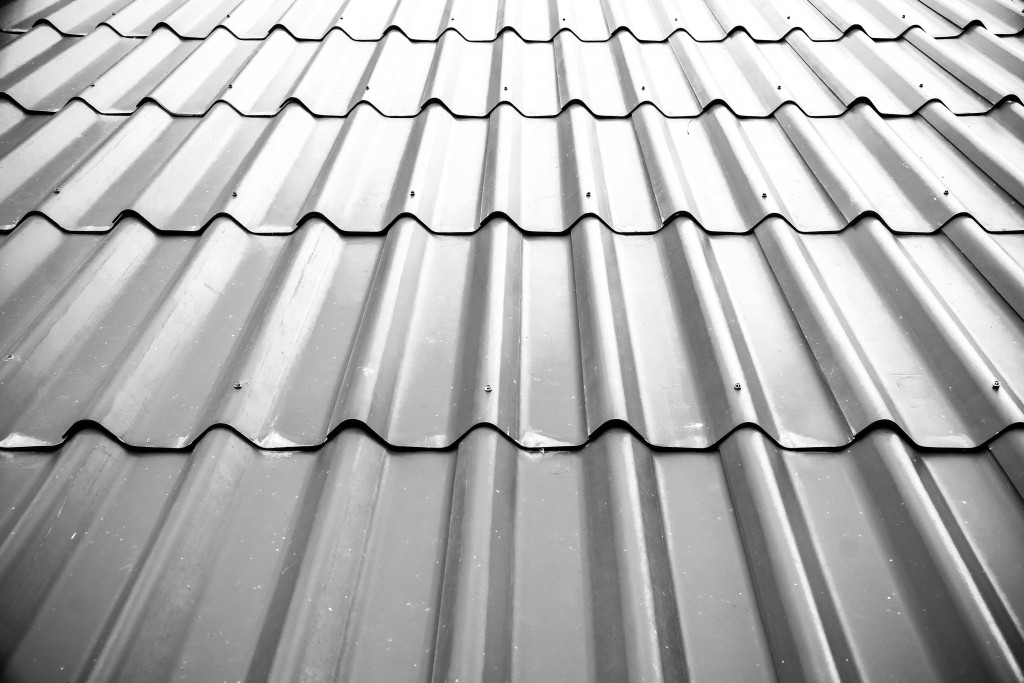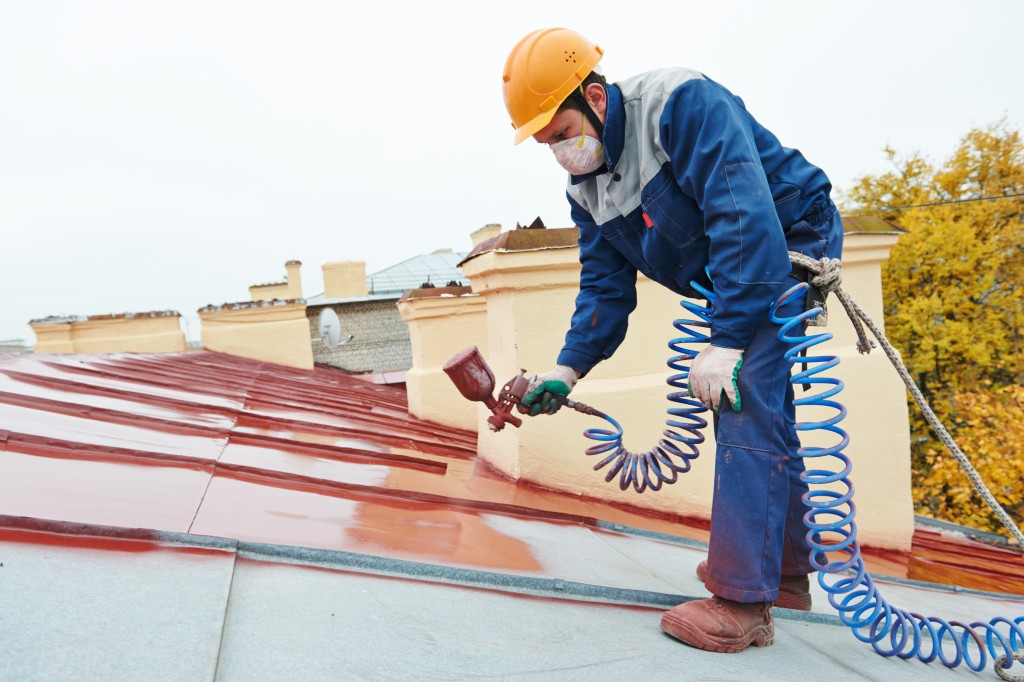Metal roofing is one of the most durable and long-lasting roofing material. They look modern, and many people may assume that they are, but metal roofs have already been in use since the 1800s. They’ve just undergone a lot of changes over the years to become the metal roofing that we know today.
Though low-maintenance and hard-wearing, metal roofs will require repainting and restoring after a long period. This will prevent corrosion and rust from building up and causing damage. And while you’re at it, involve your old exterior walls in the repainting job, too. Chipped and faded paint aren’t just unappealing, but they may further decrease the old house’s value, too.
That said, here’s a quick guide on repainting your old home’s exterior.
Galvanized vs. Terne Metal
Terne metal has already been phased out due to the public’s concern about lead, but old homes still probably have it. Therefore, determine firsthand if this is the type of metal roofing you have.
Galvanized metal, on the other hand, is used on more recently-built homes, and it requires a different kind of paint than terne, hence knowing your exact roofing type is important. Terne is best painted with oil-based paint, while galvanized only accepts either a zinc-dust type or acrylic latex paint, which is a type of high-quality cryogenic painting.
Paints for Exterior Walls
As with metal roofs, your options for exterior wall paints are also oil-based and latex. Oil-based should be your pick if it is also the one previously used on the home. If you’re choosing latex, be sure to select the one designed for exteriors, as it is different from the latex used on interior walls.
To find out what’s the existing paint on your exterior, peel off a large chip. If it bends slightly before cracking, it’s most likely latex. But if you’re not confident to test the paint yourself, you may bring the peeled off chip to your local paint store, and have an expert determine its type.
Repainting a Metal Roof

Prepare your materials, which should be a safety harness, putty knife, sandpaper or wire brush, paint roller, and paint brush. Below is a step-by-step guide:
- Remove flaking paint using a putty knife.
- Scrub off any tough paint with sandpaper or wire brush. Use either to remove rusts as well. Keep sanding until the surface becomes slightly abraded and texturized.
- Wash off dust, debris, or grease with warm water mixed with laundry detergent or mild dish soap.
- Rinse off the soap with a hose, and wait for the roof to dry completely.
- Coat the roof with a rust-inhibiting primer, and let it dry.
- Coat the roof with your chosen type of paint.
- When it dries completely, apply a second coat, and you’re done!
Repainting the Outer Walls
Prepare a pressure washer, epoxy filler, sandpaper, caulk, plastic sheeting, painter’s tape, paint roller, and paint brush. Step-by-step process is as follows:
- Pressure-wash the walls, starting from top to bottom. Overlap each stroke by 8 inches.
- Apply epoxy filler to any holes or cracks, then lightly sand it when it dries.
- Sand off the loose paint.
- Apply caulk to the gaps between the house and the trim, and around doors and windows.
- Apply stain-blocking primer on stains and visible wood knots.
- Cover the doors, windows, and lights with plastic sheeting, secured with painter’s tapes.
- Start repainting with a roller, or a paint sprayer for a faster process. (Primer isn’t necessary unless you’re changing a light paint to a dark one.)
- Finish off by removing the plastic sheet covers and painting the tight corners using a paint brush.
A repainting job is time-consuming, so be sure that you’re well-prepared for the task. Have a companion to share the burden with, and to make the task a little enjoyable, too.
